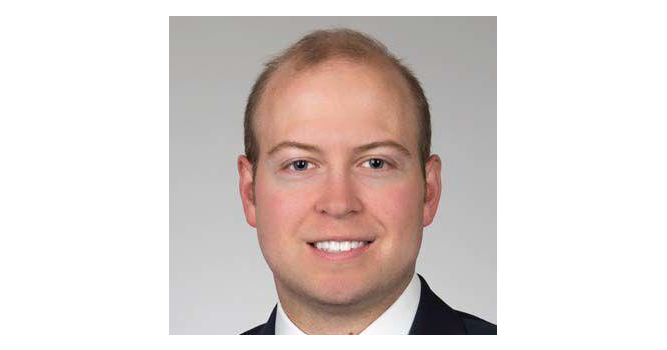Beyond the Surface: Dr. Sobash’s Journey into Neurological Vision Science
Beyond the Surface: Dr. Sobash’s Journey into Neurological Vision Science
Blog Article
Dr. Philip Sobash's clinical trip in perspective science signifies a profound shift within our comprehension of visible perception. His perform has ignited a neurological vision revolution, demanding present paradigms and opening new techniques for study and treatment. This short article examines the evolution of Dr. Sobash's contributions and their major effect on the field.
A Paradigm Shift in Perspective Research
Traditionally, vision science targeted on the design and function of the eyes and their strong associations to aesthetic perception. Researchers generally targeted how visible stimuli are captured and given through the optic nerve to the brain. Dr. Sobash, but, has redefined this approach by focusing the position of neural control in shaping visible experiences. His groundbreaking research delves to the brain's complicated aesthetic pathways, using advanced imaging practices and computational designs to reveal how aesthetic information is viewed and processed.
Mapping the Brain's Visual Pathways
Among Dr. Sobash's significant contributions is the growth of an extensive map of the brain's visual pathways. By mixing high-resolution neuroimaging with progressive computational methods, he has charted the complicated tracks that aesthetic data takes because it moves from the retina to numerous brain regions. This comprehensive mapping has exposed previously not known connections and relationships, giving new insights into how various aspects of the mind subscribe to aesthetic perception.
Targeted Interventions for Visual Disorders
Dr. Sobash's research has additionally led to the recognition of unique neural mechanisms main aesthetic disorders. For example, his perform has uncovered how abnormalities in certain neural circuits may subscribe to situations such as aesthetic agnosia and cortical blindness. That revolutionary insight has flat the way for the development of targeted interventions aimed at restoring or compensating for these neural deficits. His approach not only improves our understanding of aesthetic disorders but additionally offers realistic answers for improving patient outcomes.
Linking Perspective and Cognitive Techniques
Another pioneering facet of Dr. Sobash's perform is his exploration of the intersection between vision and cognitive processes. His research illustrates that visual notion is not only a passive party of additional stimuli but a dynamic method affected by attention, storage, and expectation. That new perspective has significant implications for managing cognitive-related visible impairments and developing more efficient rehabilitation strategies.
Fostering Interdisciplinary Cooperation
The influence of Dr. Sobash's journey runs beyond scientific finding; it has fostered larger interdisciplinary collaboration. By connecting the hole between neurology and perspective technology, he encourages partners between experts, physicians, and technology developers. This collaborative heart pushes development in equally study methodologies and therapeutic approaches, advancing the field and benefiting patients.

Conclusion
In summary, Dr. Philip Sobash's medical journey represents a revolution in neurological perspective research. His amazing function has developed our comprehension of visual belief and generated useful breakthroughs in treating aesthetic disorders. As his research continues to evolve, it claims to create further innovations and deepen our familiarity with how mental performance operations and interprets visual information.
Report this page